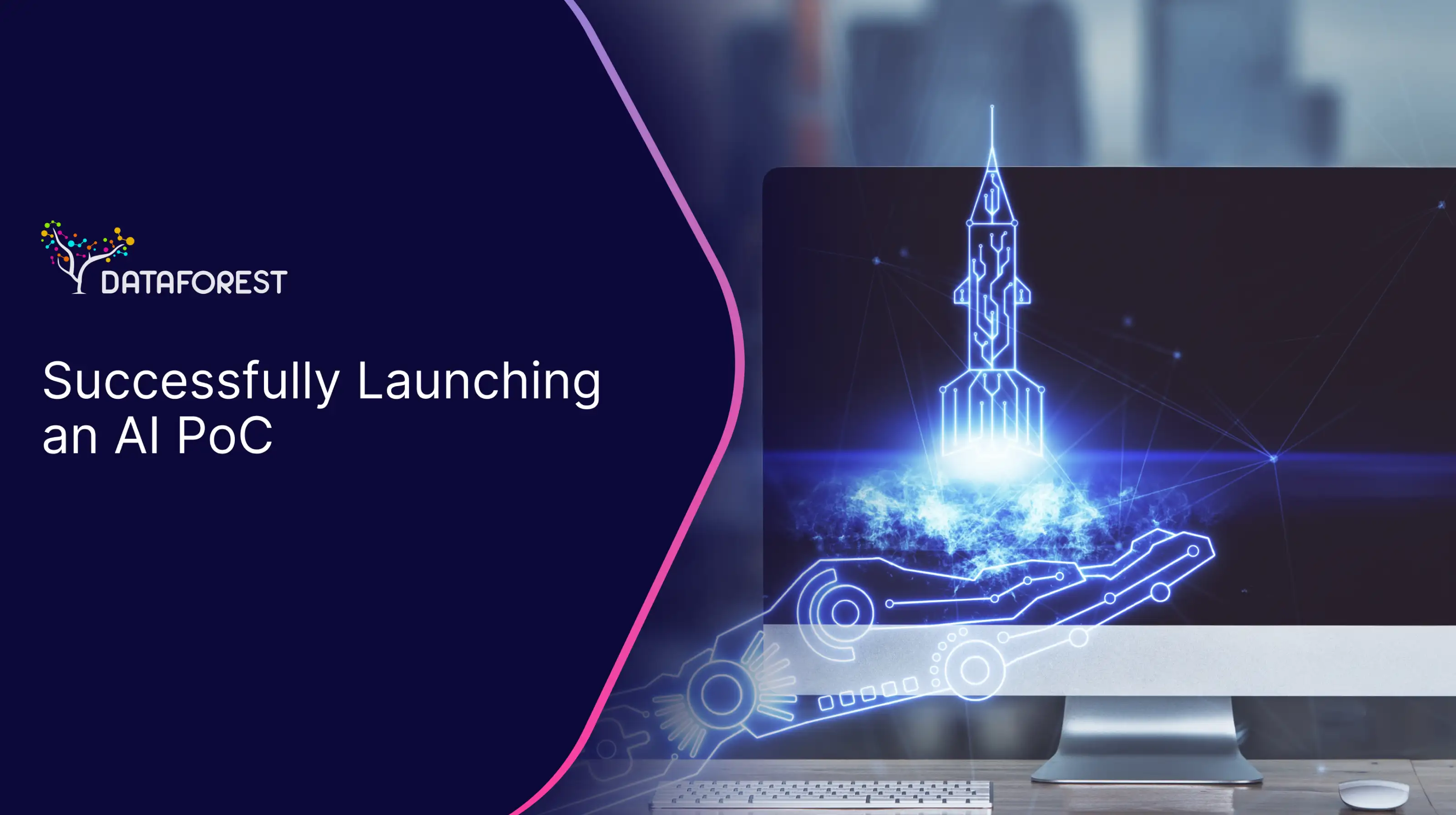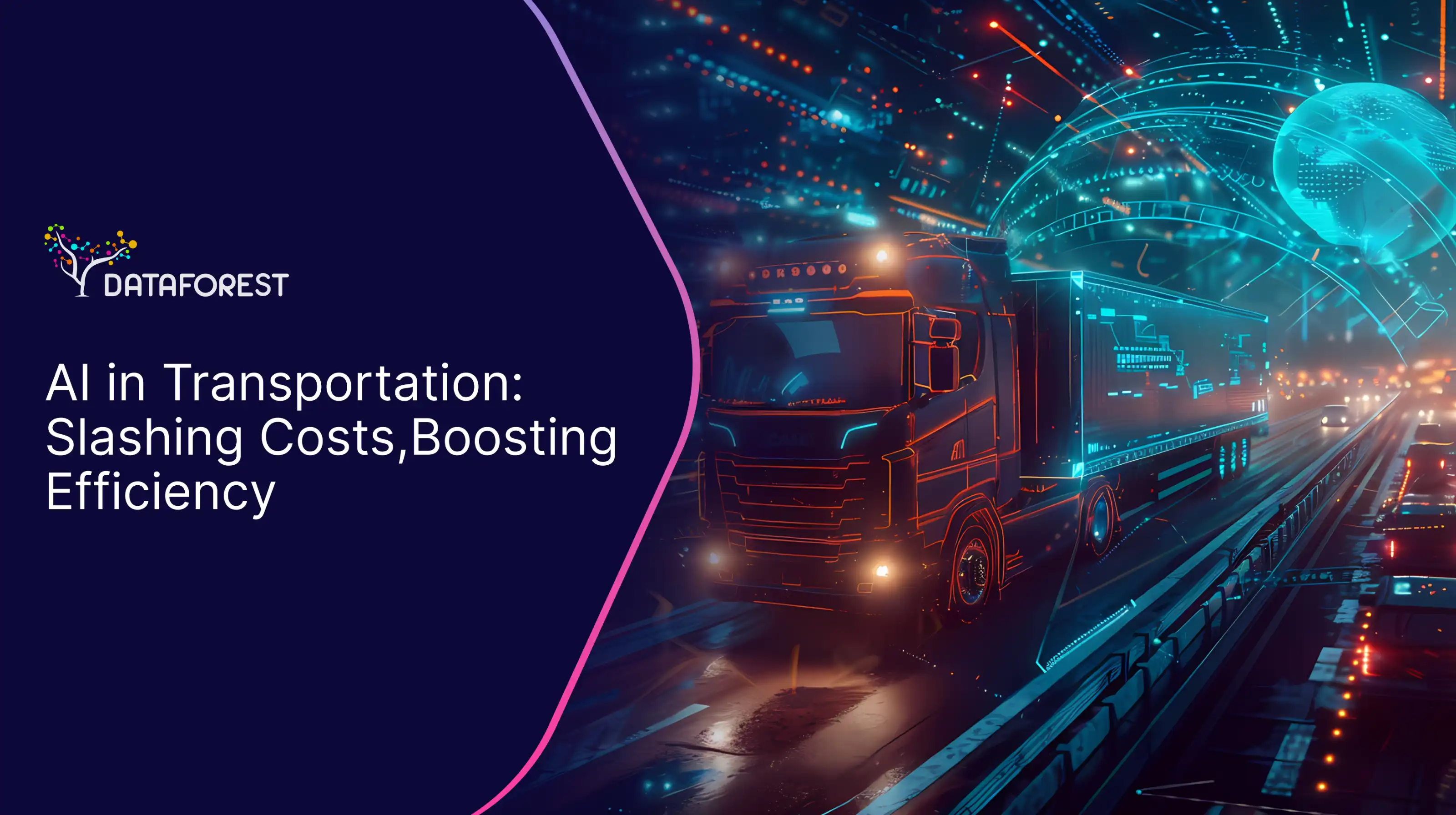Share
Table of contents:

The data science pipeline is a systematic, step-by-step framework used to guide the data analysis process in data science projects. It involves a sequence of stages designed to transform raw data into actionable insights and predictive models, facilitating decision-making processes in various contexts. Each step in the pipeline builds upon the previous one, ensuring that data is handled efficiently and effectively throughout the course of a project.
This framework is crucial in data science because it structures the workflow, allowing data scientists and analysts to manage complex data sets and perform extensive analyses systematically. It not only enhances the efficiency of data processing but also ensures the reproducibility and scalability of data science projects.
Stages of the Data Science Pipeline
- Data Collection: This is the first stage, where data is gathered from various sources, which could include databases, online repositories, direct measurements, and third-party providers. The objective is to amass a comprehensive dataset that serves the specific needs of the project.
- Data Cleaning and Preparation: Raw data often contains errors, missing values, and inconsistencies. This stage involves cleaning the data to correct anomalies and prepare it for analysis. Techniques include handling missing data, outlier detection, and data transformation practices such as normalization and encoding categorical variables.
- Data Exploration and Analysis: Before applying complex models, data scientists perform exploratory data analysis (EDA) to understand the underlying patterns and characteristics of the data. This involves visualizing the data and computing statistical summaries to capture insights into the distribution, correlations, and potential trends in the data set.
- Feature Engineering: This stage involves creating new features from the existing data to improve the performance of machine learning models. It includes selecting, modifying, or creating new attributes that are relevant to the predictive models. Effective feature engineering enhances the model's accuracy and predictive power.
- Modeling: At this stage, various machine learning algorithms are applied to develop models that can predict or classify data. It involves selecting appropriate models, adjusting parameters, and training the models using the prepared dataset. Techniques such as cross-validation are used to validate the models' performance and ensure their generalizability.
- Evaluation: Once the models are developed, they are evaluated based on specific metrics like accuracy, precision, recall, or F1-score. This stage assesses the effectiveness of the model and determines whether it meets the project’s objectives.
- Deployment: In this stage, the validated model is deployed into a production environment where it can start making predictions or decisions based on new data. Deployment might involve integrating the model into existing business systems or setting up a standalone application for users.
- Monitoring and Maintenance: After deployment, the model's performance is continuously monitored to ensure it remains accurate over time. This stage involves regular checks and updates to the model to account for changes in the underlying data patterns or business environment.
The data science pipeline is employed across various domains, including finance, healthcare, retail, and more, to solve specific problems or improve operational efficiencies. Its structured approach not only helps in managing the workflow effectively but also aids in documenting the process, making it easier for teams to understand and iterate on the project in the future.
In conclusion, the data science pipeline is a critical concept that encapsulates the entire process of extracting value from raw data. By following this structured approach, organizations can ensure that their data science projects are not only effective but also aligned with their strategic objectives. This systematic workflow enables data scientists to deliver robust, reproducible results that can drive substantial business impact.











